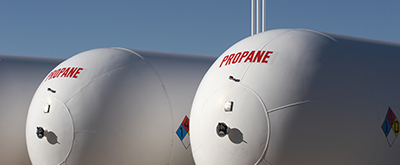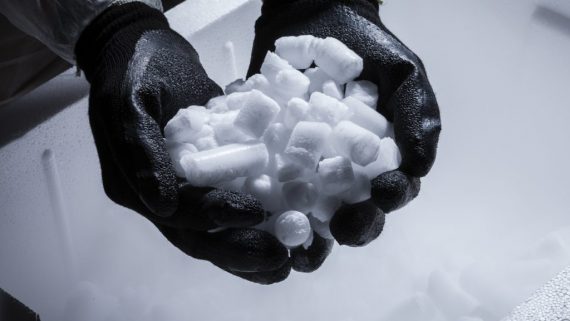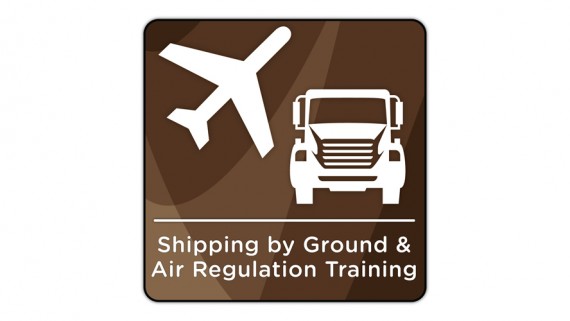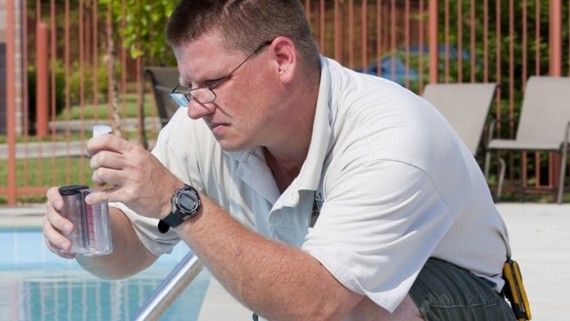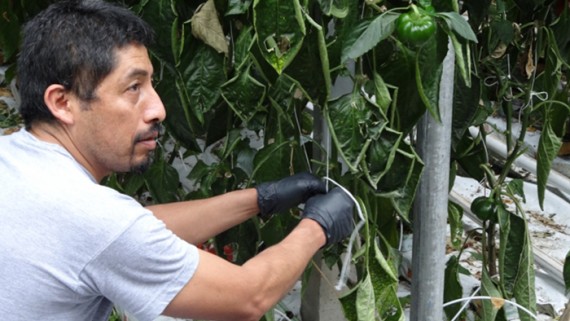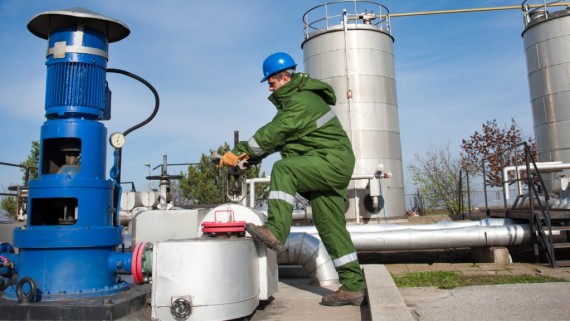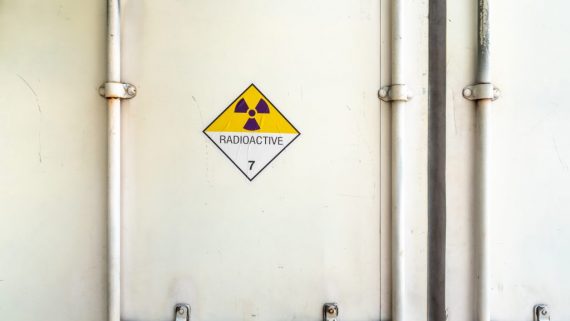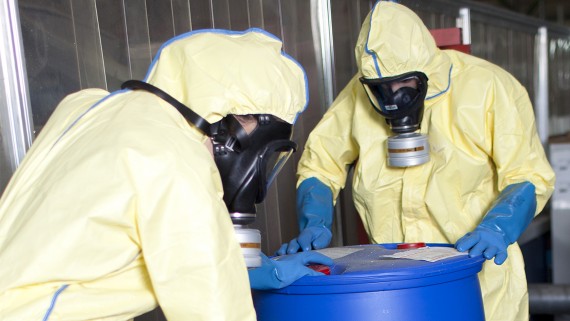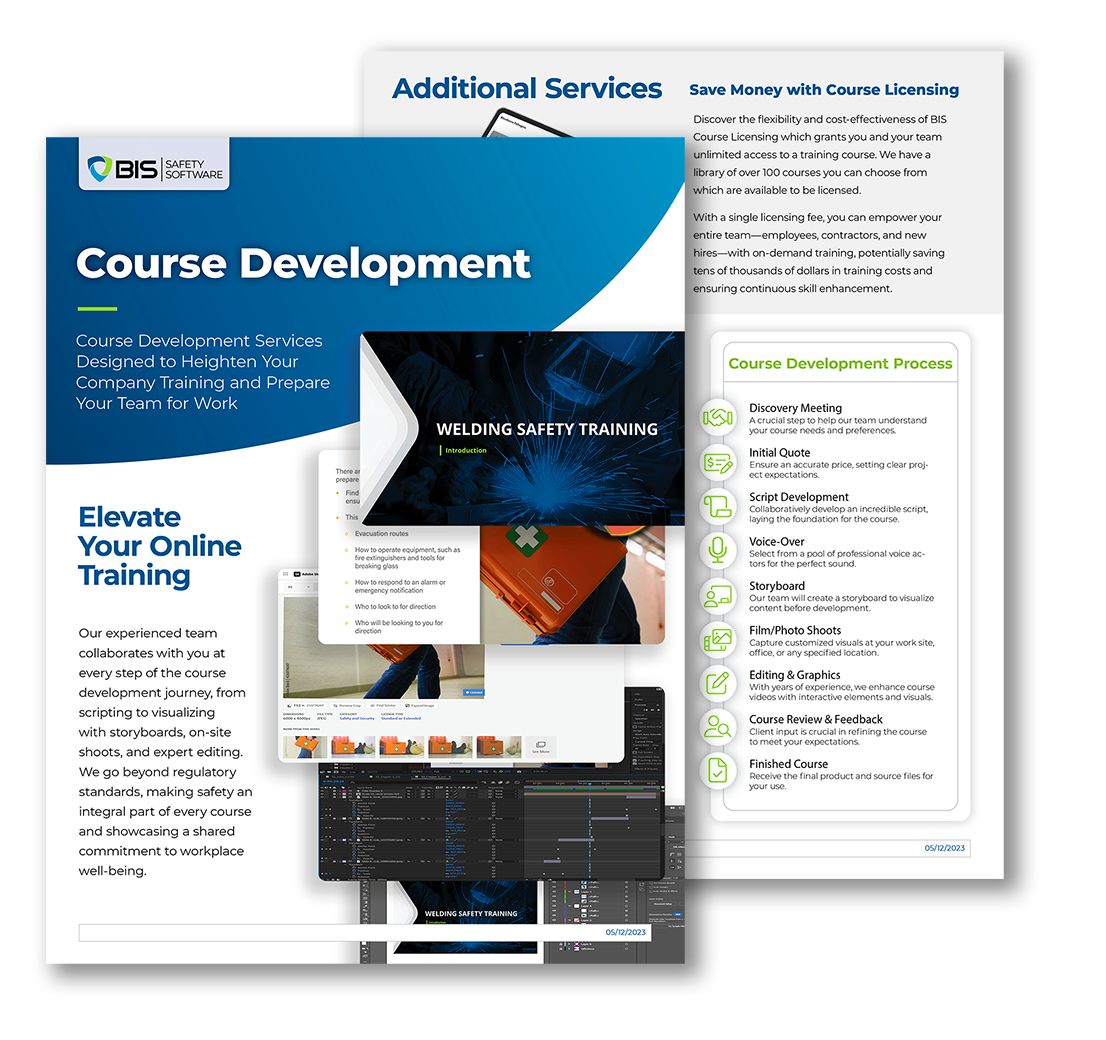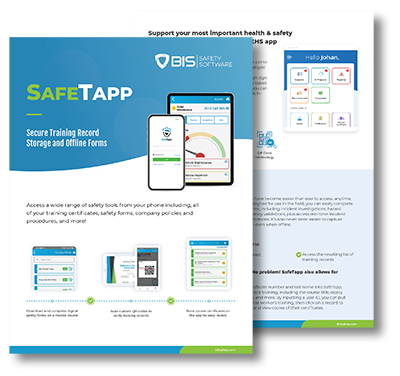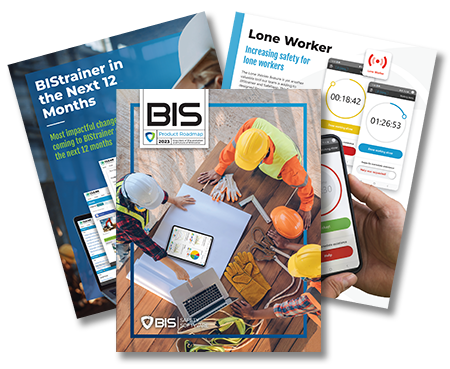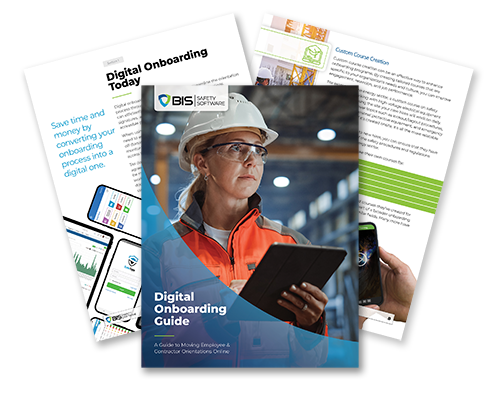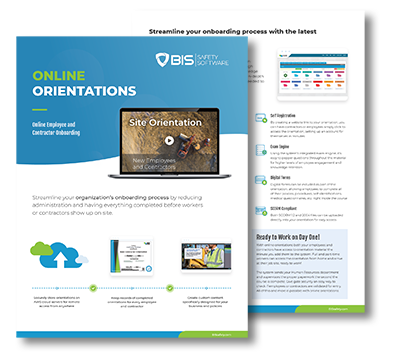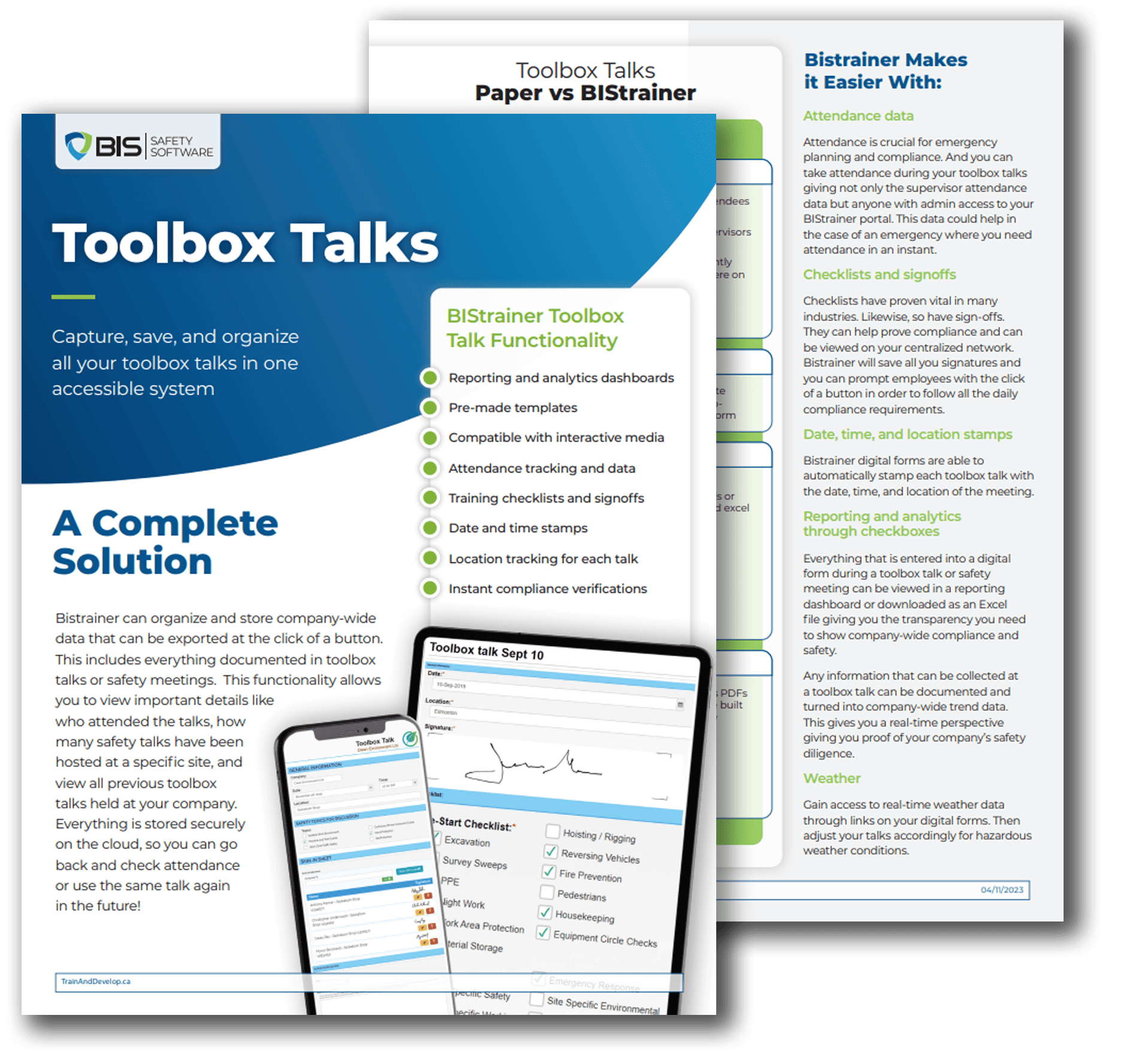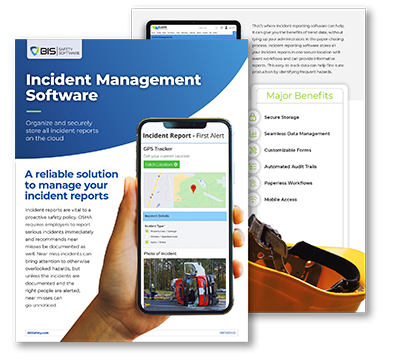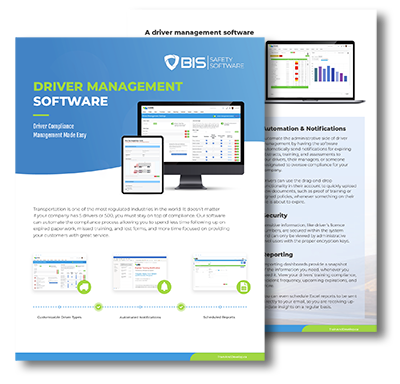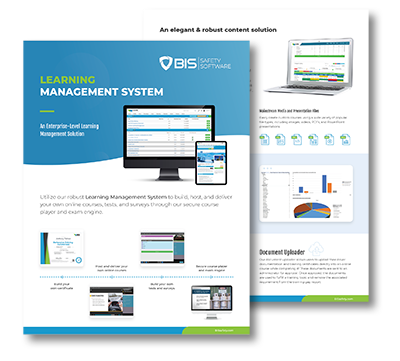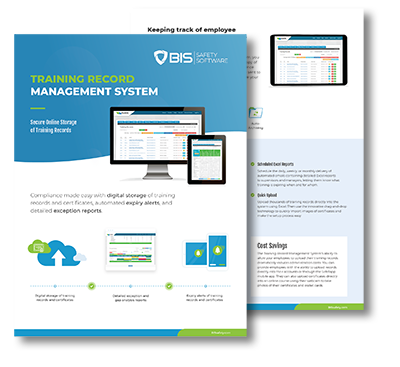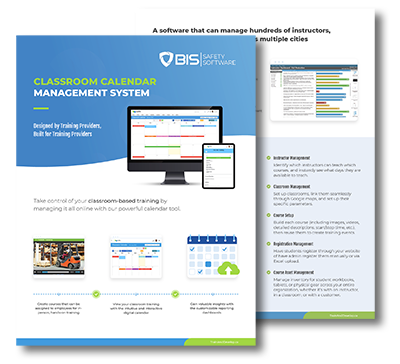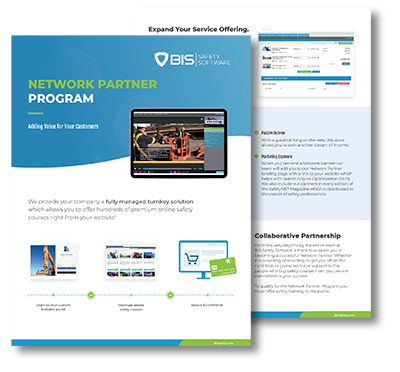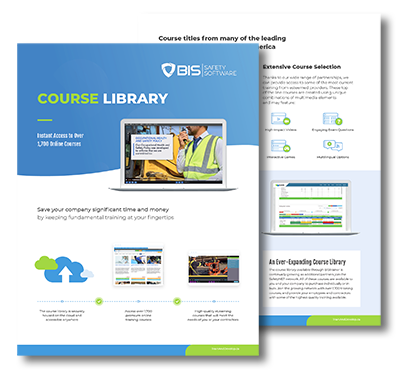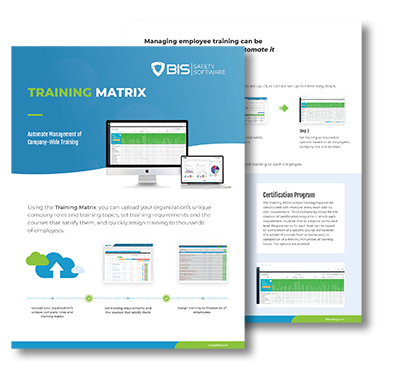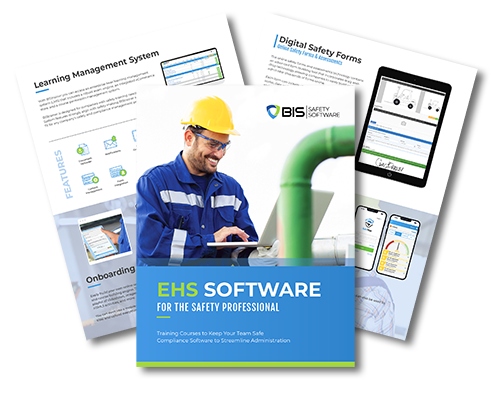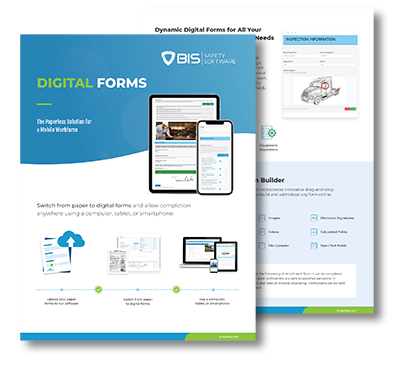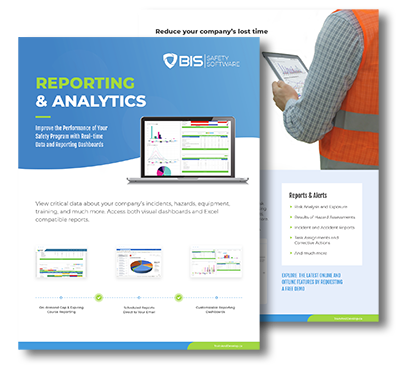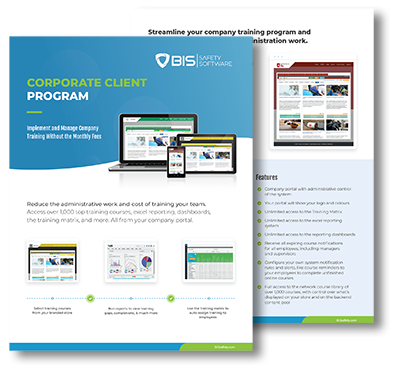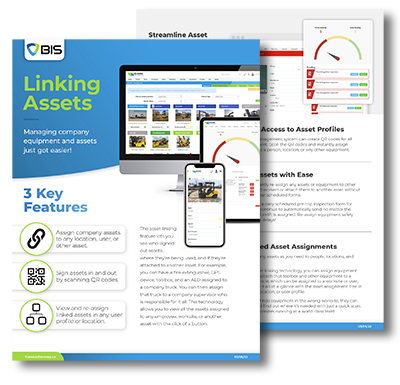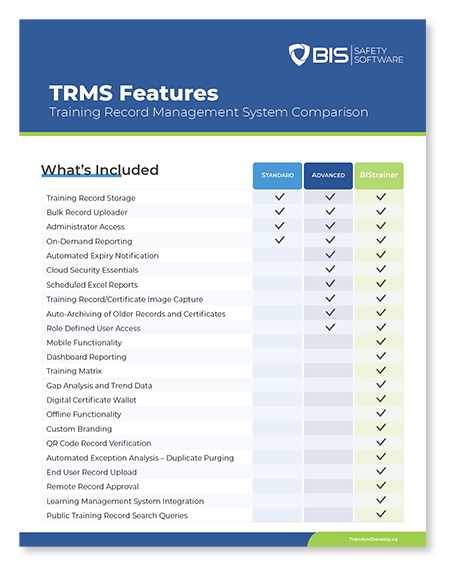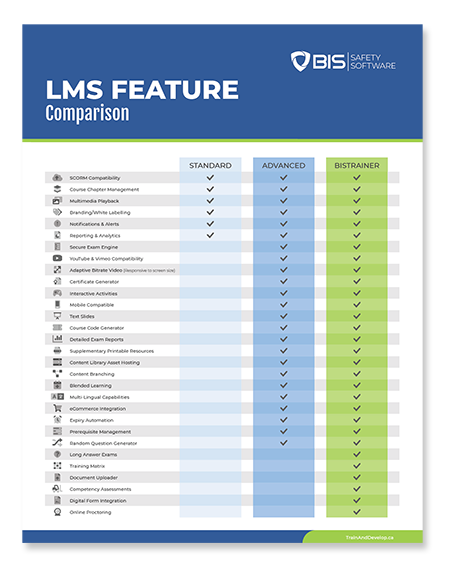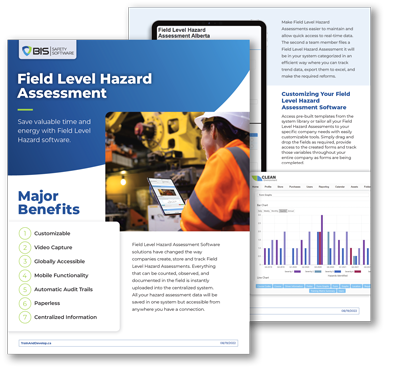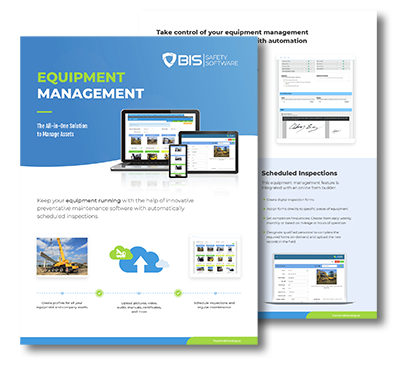Earn your Propane Handling & Exchange certificate upon successful completion of this course
Propane Handling & Exchange
Propane Handling & Exchange
Optional virtual proctoring is available
Propane Handling & Exchange
Online Training Course
What Is Propane Handling?
Propane is used Canada-wide in a variety of commercial, industrial, and construction projects. This course gives a full breakdown of the components of cylinders and the science behind propane to ensure a thorough understanding of the way the chemical works. Additionally, sections surrounding the legal requirements for competency, emergency response, and first aid round out the program, and upon completion the student will receive a certificate of completion consistent with the Canadian Standards Authority’s Regulation B149.2-10 for propane storage and handling as well as the standards in Ontario.
This course will teach the basics of safe handling of both liquid- and vapour-withdrawal cylinders with a step-by-step guide to using, storing, and exchanging both, as well as how to inspect cylinders and deal with emergency situations.
Get Your Recognized Propane Handling & Exchange Certificate Today!
Get Your Recognized Propane Handling & Exchange Certificate Today!
Get your Propane Handling & Exchange Certificate in as little as 90 minutes!
Propane Handling & Exchange Course Preview

Course Overview
Propane is a incredibly versatile substance, as its uses include home and water heating, cooking and refrigerating food, clothes drying, and powering farm and a variety of industrial equipment applications. To keep your company safe when working with this material, enlist in the course Propane Handling & Exchange course today!
This online Propane Handling and Exchange course will train you to identify common hazard scenarios and will cover tips and techniques for a variety of topics such as:
✔ Legal Requirements
✔ Emergency Situations and First Aid
✔ Components of Vapour and Liquid Withdrawal Systems
✔ The Science of Propane
✔ Personal Protective Equipment
✔ Inspection of Cylinders
✔ Transporting Cylinders
✔ Storage of Cylinders
The completion time of this course is roughly an hour and a half, which include practical exercises and testing. The passing score is 80%, and participants earn a 3-year certificate that can be downloaded. Virtual proctoring may be available for an additional fee.
Universally Compatible

Duration
Average Completion Time
The average completion time is 90 minutes. Individual times will vary depending how long is spent on each module.

Testing
Knowledge Assessment
Testing is included to reinforce the training. You are allowed three attempts to achieve a passing mark of 80% or greater.

Certificate
Certificate of Completion
Upon successful completion of this course, a certificate will be safely stored on your account and is available to download & print.


